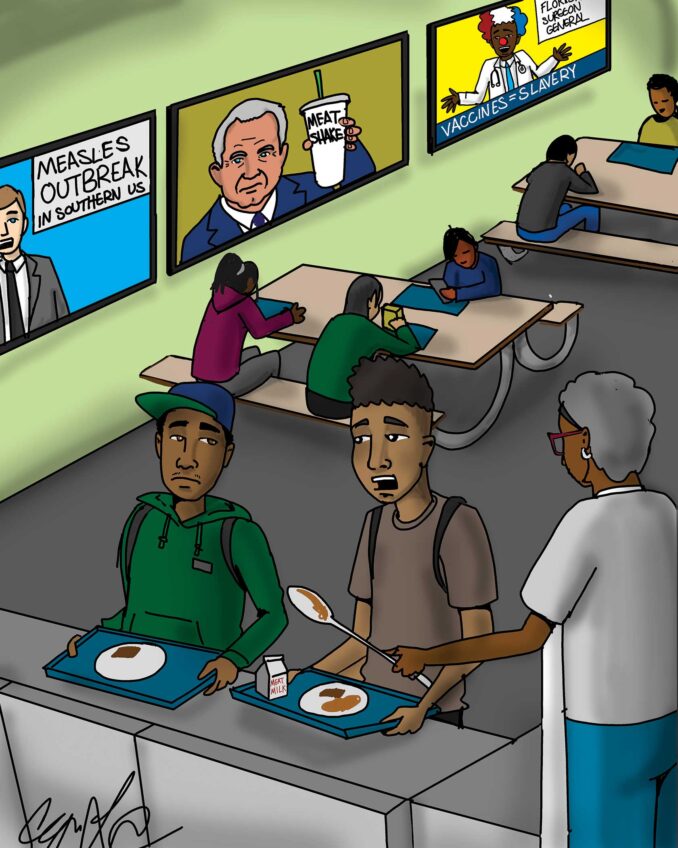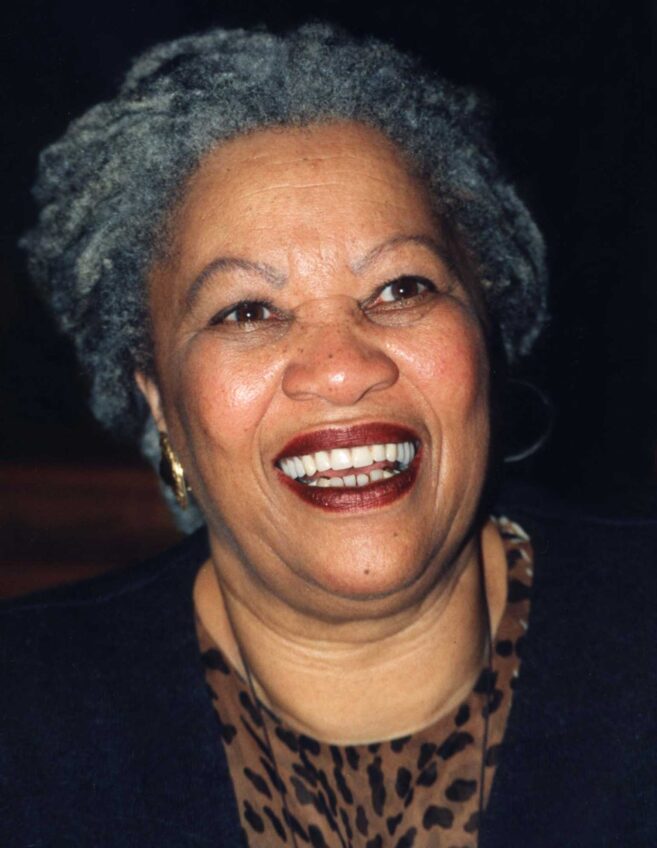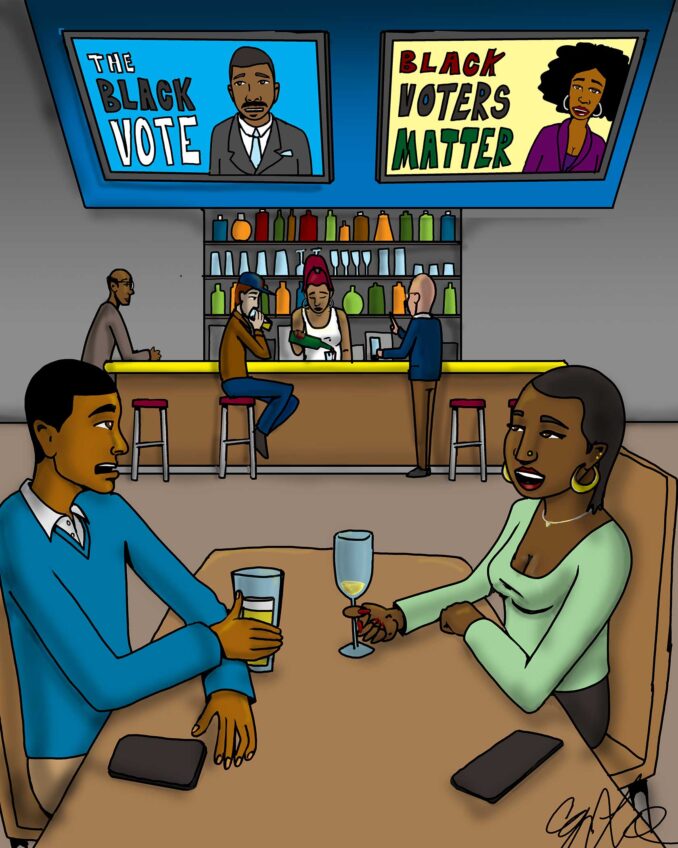‘Who belongs here?’
An opportunity for equitable development at Suffolk Downs
Boston’s strength lies in its diversity. The city represents a mosaic of industries, languages, landscapes and lifestyles; it welcomes thousands of new residents every year, from college students to climate refugees. But as gentrification drives up housing prices around the city, transforming building after building into luxury condominiums or retail outlets, residents new and old are increasingly asking: “Can I afford to live here?”
These fears are well-founded. Earlier this year, the Boston Foundation reported that Metro Boston is the fourth most expensive metropolitan area in the country in which to buy a home, and the second most expensive rental market, with rents exceeding even those in New York City. Throughout the region, vacancy rates are at historical lows, leaving landlords with little incentive to set affordable rents and placing “vulnerable renters,” who are unable to compete for an ever-decreasing number of apartments, at increased risk of displacement. Unsurprisingly, those being pushed or priced out of the housing market are disproportionately low-income and people of color. And, when new urban neighborhoods, like the Seaport, are created, they become “white and wealthy” enclaves, perpetuating the racial and economic inequality that has dogged Boston for decades.
It is against this backdrop that the City of Boston must consider the proposed redevelopment of Suffolk Downs, one of the largest projects in the City’s history. The proponent, HYM Investment Group, wants approval to develop around 10.5 million square feet on over 100 acres of the former racetrack site. HYM says it will create an entirely new neighborhood, featuring acres of open space, retail squares, condominiums, townhouses and commercial units.
Suffolk Downs is certainly not the first project to leave its mark on East Boston in recent years. Since 2013, 19 large residential projects have been approved by the BPDA, injecting approximately $700 million worth of construction into a historically working-class, immigrant neighborhood. But it is by far the largest, with an unmatched regional scope and impact. The project will fundamentally change the character, cost and composition of every community it touches.
Suffolk Downs forces us to grapple with the central questions of gentrification: Who is this development for? What kind of city are we? Who belongs here?
Questioning development does not necessarily mean opposing it. Massachusetts is the fastest growing state in the Northeast — construction is urgently needed to provide housing and amenities for new and old residents alike. But unchecked development, undertaken without regard for our most vulnerable communities, is not the answer.
In order to ensure that Suffolk Downs is an equitable and sustainable addition to the civic life of Boston, HYM Investment must commit to the following steps:
Make half of the new residential units affordable. HYM has acknowledged that “ongoing displacement pressures” in East Boston are driving long-term residents out of their homes. The Federal Reserve Bank of Boston has estimated that Massachusetts must nearly double its stock of affordable apartments in order to support extremely low-income households, which would require the construction of over 4,000 affordable apartments per year. To help put a dent in this problem, half of the residential units at Suffolk Downs should be affordable — with rents set at an amount that reflects the actual earnings of East Boston residents and with half of these units featuring two or three bedrooms. HYM must also make a contribution to a housing stabilization fund for East Boston that represents a meaningful percentage of the cost of the overall project.
Go Green. Suffolk Downs must meet all construction standards outlined in the City of Boston’s 2019 Climate Action Plan, including, but not limited to, ensuring the entire development is zero net carbon or energy positive. Given the urgency of the climate change crisis, the enormous and unprecedented footprint of Suffolk Downs and the lengthy anticipated construction period, there is no justification for noncompliance with the standard Boston has set for its future.
Prioritize local minority- and women-owned businesses. Unless proactive steps are taken, small community businesses will not reap the benefits of the new development. For example, despite the considerable public investment in the Seaport, people of color and immigrants were almost entirely shut out of the wealth generated by the project. Too, women- and minority-owned businesses in Boston are constantly overlooked for city contracts, receiving 1 percent of the over $600 million awarded in 2018. This must not happen with Suffolk Downs. HYM must prioritize contracts with locally-, women- and minority-owned small businesses for Suffolk Downs’ commercial spaces to ensure this economic stimulus reaches the communities of color where it is so urgently needed.
These commitments should not be seen as obligations; they are opportunities. Suffolk Downs does not have to represent exclusion and gentrification. Instead, the project can provide housing that is affordable, support climate resilience efforts and invite the community to share in the wealth it creates. Instead of supporting a project that further divides our city along race and class lines, the City of Boston can champion a new neighborhood that works for everyone.
Lauren Sampson and Oren Sellstrom are attorneys with Lawyers for Civil Rights.






